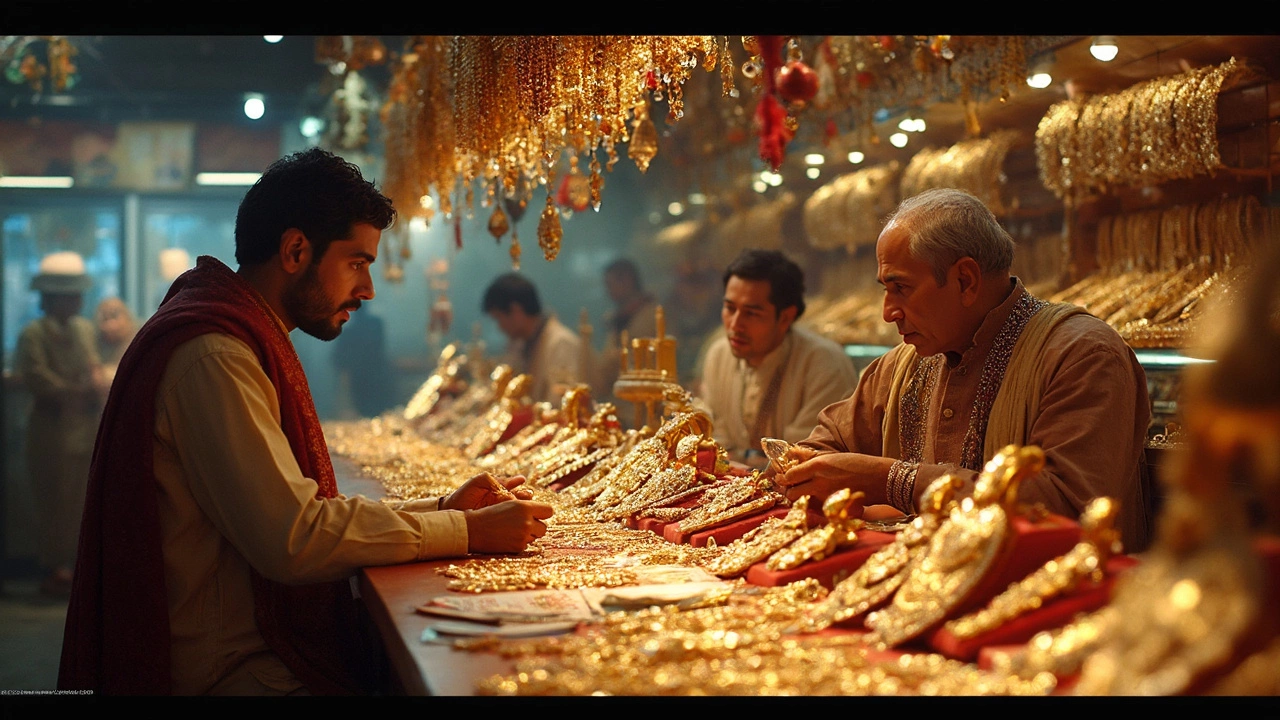Diamond Import Rules in India – Simple Guide for Buyers
Ever wondered why some diamond shipments sit at the airport while others move straight to the showroom? The answer lies in India’s import rules. Knowing the basics saves time, money, and headaches.
India’s diamond trade is overseen by the Directorate General of Foreign Trade (DGFT) and the Customs Department. Both agencies enforce the Kimberley Process, which stops conflict stones from entering the market. If you’re planning to bring diamonds in, you’ll need to align with their requirements from day one.
Who Controls Diamond Imports?
The DGFT issues the Import Licence that every importer must have before the first shipment arrives. Without it, customs will hold your cargo and you could face fines. The licence is tied to your Import Export Code (IEC), a mandatory 10‑digit number for all Indian traders. Getting an IEC is straightforward: register online, submit identity proof, and pay a nominal fee.
Customs officers also verify the Kimberley Certification attached to each consignment. This document proves the diamonds are conflict‑free and must match the details in your licence. Keep a digital and printed copy handy; mismatched information is a common cause of clearance delays.
Key Steps to Clear Customs
Follow this checklist to avoid surprises at the border:
- Obtain an IEC and DGFT licence. Apply through the DGFT portal, upload required documents, and wait for approval (usually 3‑5 business days).
- Secure the Kimberley Process Certificate. The exporter must provide it; double‑check the stone’s carat weight, quality grade, and origin.
- Prepare a commercial invoice. List the HS code (7102.31 for polished diamonds), value, and currency. The invoice must match the licence.
- Pay customs duty. India charges 5 % basic duty plus an additional cess on gemstones. The total duty is calculated on the CIF (cost, insurance, freight) value.
- File a Bill of Entry. Submit it electronically on the Customs Integrated System (CIS) within 24 hours of arrival.
- Undergo physical inspection. Officials may open the container to verify the stones and paperwork. Cooperate and keep the shipment sealed until release.
If any document is missing or inconsistent, expect a hold and possible penalty. Most importers hire a customs broker to handle these steps; the cost is worth the smooth clearance.
Beyond duty, be aware of the GST (18 %) applied on the transaction value after customs duty is paid. GST is collected by the seller, so factor it into your pricing strategy.
Some diamonds, like those above 100 carats or of rare types, may need extra clearance from the Ministry of Commerce. In those cases, a separate permit is required, and the process can take a few weeks.
Finally, keep records for at least five years. Audits are common, and you’ll need the licence, invoice, Kimberley certificate, and duty receipts to prove compliance.
Understanding these rules turns a confusing maze into a simple checklist. With the right paperwork and a bit of planning, you can import diamonds confidently and focus on what matters – growing your business.
Bringing Diamonds from India to USA: Rules, Customs, and Insider Tips
Learn all you need to legally bring diamonds from India to the USA. Get step-by-step advice, avoid common mistakes, and keep your gems safe and legal.





